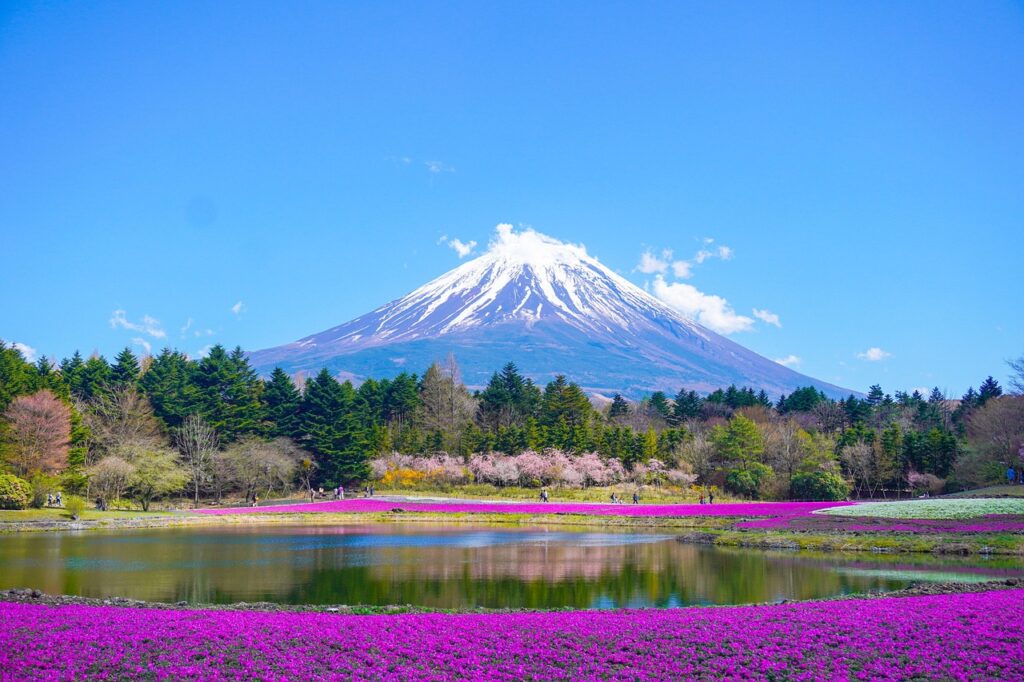Mount Fuji, Japan’s famous peak, draws thousands of visitors each year. But with the rise in tourists, the mountain is facing pollution, overcrowding, and safety risks. To help manage these issues, Japan’s Yamanashi Prefecture has introduced higher entry fees and new rules for those who want to hike.
New Fees for Hikers
Starting this summer, visitors will need to pay a ¥4,000 (around €24.70) entry fee to hike on any of Mount Fuji’s four main trails. This is double the price from last year, when only the Yoshida Trail required a fee. The new fee applies from July to September, the busiest months for hiking.
The main goal of these fees is to reduce overcrowding and pollution on the mountain. Mount Fuji is a UNESCO World Heritage site, and protecting its environment is a priority. The money collected will go toward improving the trails, making them safer and cleaner. Some of it will also be used to build emergency shelters in case of a volcanic eruption, as Mount Fuji is still an active volcano.
Managing Overcrowding
To further manage crowds, a daily limit of 4,000 climbers on the Yoshida Trail was introduced in 2024. This rule helps to control the number of people on the trail, easing congestion and preventing overcrowding. Fewer climbers mean less damage to the environment and a better experience for those who do hike.
Since 2014, climbers have been encouraged to donate ¥1,000 (about €6.20) to support the upkeep of the mountain. The new entry fee builds on this effort, helping to maintain Mount Fuji for future generations.
Why These Measures Are Needed
Overcrowding on Mount Fuji is not just an issue for the mountain itself. It also affects nearby towns, like Fujikawaguchiko, which are popular for their views of the mountain. In these towns, tourists often ignore traffic rules, trespass on private land, and leave litter behind.
To reduce these disruptions, Fujikawaguchiko installed a large black mesh fence. This fence was placed to stop visitors from taking selfies in restricted areas. It worked for a while, but it was removed in August due to a forecasted typhoon. If the problem returns, the fence might be put back up.
The Impact of the New Regulations
The new rules have already had some impact. In 2024, 204,316 people climbed Mount Fuji, down from 221,322 in 2023. This decrease is a result of the new entry fees and the daily limit on climbers.
While this decrease in visitors may seem like bad news for local businesses, experts believe it is a good thing. Fewer visitors mean less strain on the environment. It also makes the experience more enjoyable for those who do visit. The changes are expected to protect the mountain while ensuring that it remains a major tourist attraction in the future.
A Balanced Approach
Japan’s new policies aim to balance tourism with the need to preserve Mount Fuji’s beauty. As a natural and cultural symbol, the mountain is important to Japan. The government’s efforts are focused on making sure it remains safe and accessible for everyone, while also protecting the mountain’s natural environment.
In the future, Yamanashi Prefecture and surrounding areas may consider more steps to manage tourism. These might include extending the hiking season or limiting the number of climbers on other trails. Regardless of the exact approach, Japan is committed to maintaining Mount Fuji’s status as a UNESCO World Heritage site.


